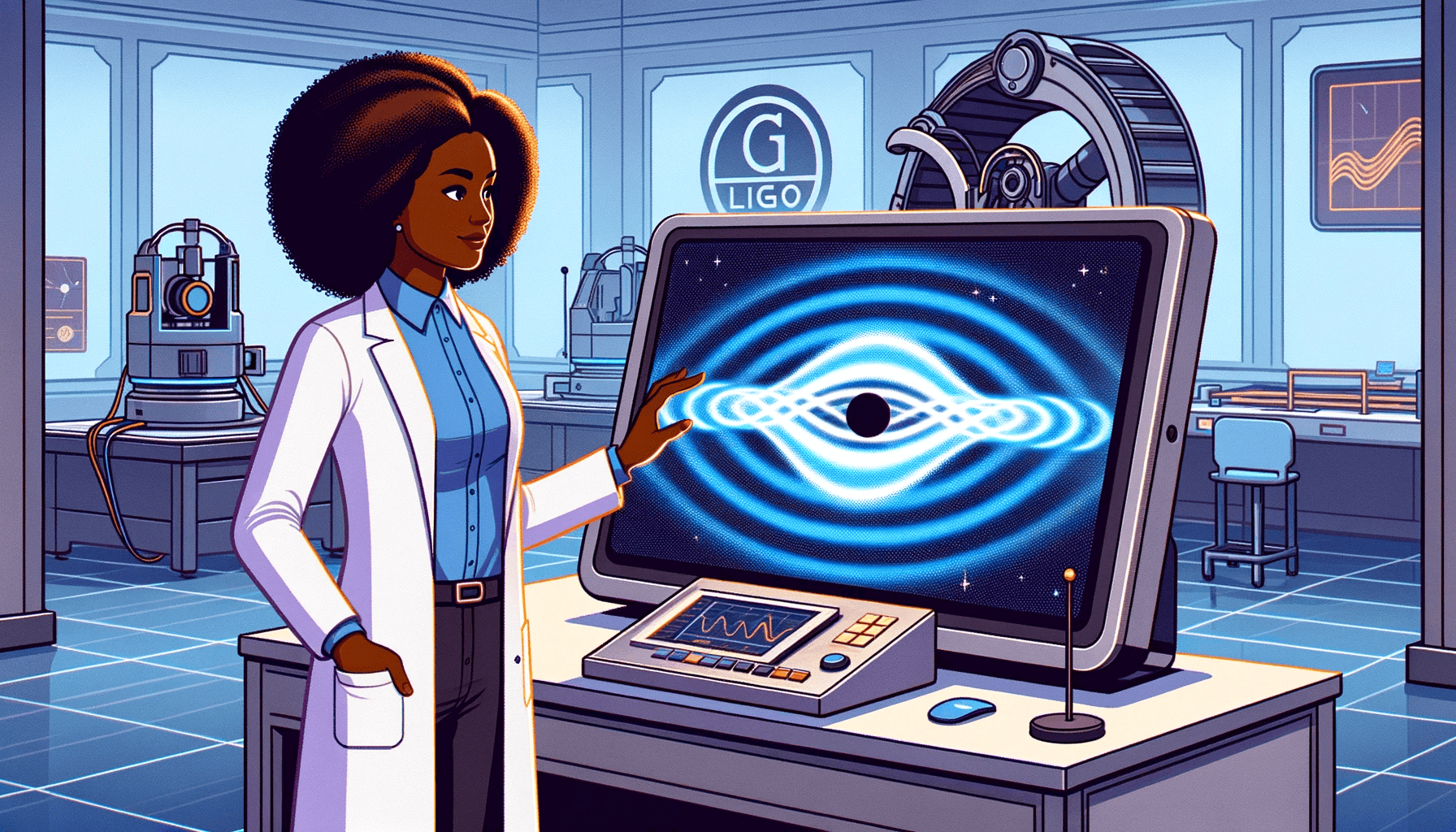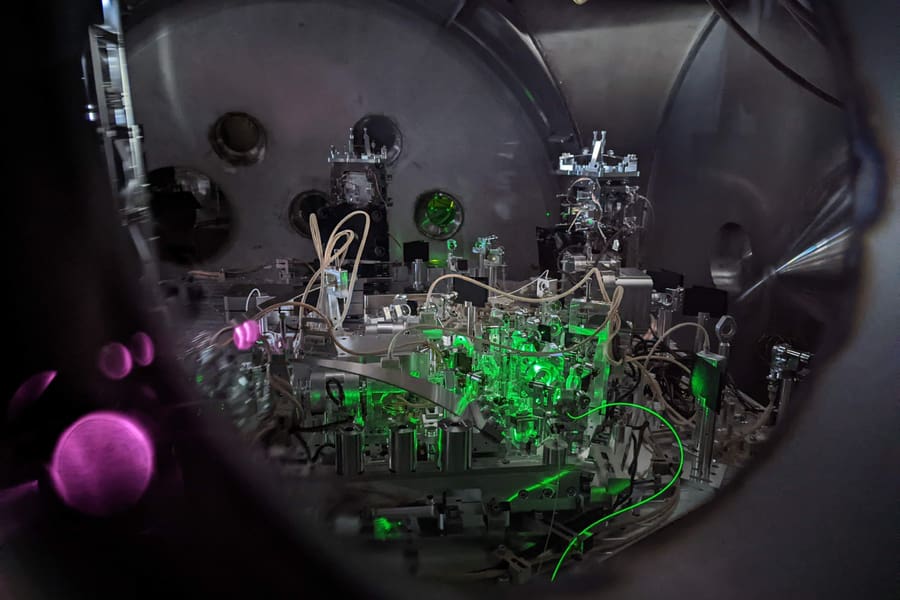
In 2015, the Laser Interferometer Gravitational-Wave Observatory, known fondly as LIGO, made history. For the first time, it unveiled the hidden whispers of colliding black holes: ripples in space and time called gravitational waves. This monumental discovery was akin to opening our ears to the universe’s most profound secrets.
Astronomers have since discovered dozens of black hole mergers and neutron star collisions, greatly improving our understanding of gravitational waves. But the universe still held its cards close to its chest. As precise as LIGO was, it hit a brick wall—the unpredictable world of quantum physics.
At the quantum scale, the fabric of space-time hums with a faint, elusive crackling known as quantum noise. This noise makes LIGO’s measurements less sensitive, which means scientists miss out on a lot of gravitational wave events. Yet, scientists were not to be outdone. They recently unveiled a technology that works around this quantum limit, broadening our window into the universe’s gravitational events.
Pushing the quantum boundaries

This technology, termed “frequency-dependent squeezing,” has been a game changer. Since its activation earlier this year, LIGO’s detectors have dramatically expanded their cosmic reach. They can now uncover about 60% more cosmic mergers than before.
“We can’t control nature, but we can control our detectors,” says Lisa Barsotti, a senior research scientist at MIT who oversaw the development of the new LIGO technology.
LIGO and Virgo, its sister detector in Italy, are both marvels of engineering. Each of LIGO’s two observatories — one in Washington, the other in Louisiana — consists of two arms, each stretching 4 kilometers, forming a giant ‘L.’ Lasers zip down these arms, bouncing off massive mirrors before retracing their journey. When a cataclysmic cosmic event occurs, such as two black holes merging, the resulting gravitational waves cause minute but detectable distortions in the laser beams when they recombine.
LIGO is so sensitive it can detect disturbances in space-time on a scale thousands of trillion times smaller than the width of a human hair. But it’s precisely at such a microscopic scale that quantum mechanics reigns king, and some of its wacky phenomena can throw a wrench in scientists’ measurements. In this case, quantum noise lurks inside the vacuum tubes that encase the laser beams.
Lee McCuller, assistant professor of physics at Caltech and one of the leading figures behind the new study, likens quantum noise to a can of BBs being spilled.
“Imagine dumping out a can full of BBs. They all hit the ground and click and clack independently. The BBs are randomly hitting the ground, and that creates a noise. The light photons are like the BBs and hit LIGO’s mirrors at irregular times,” he said in a Caltech interview.
However, the new “squeezing” technologies have allowed LIGO to bring some order to this chaos. In a way, it’s like making the light particles hold hands, making their arrival more synchronized. Here’s a simple analogy: imagine light as a balloon animal. To shape it, you might squeeze one section, causing the opposite side to expand. Similarly, light can be “squeezed” to become more precise in one characteristic (e.g., its frequency), but it becomes less certain in another (e.g., its power). This trade-off is governed by the uncertainty principle in quantum mechanics.
“Even though we are using squeezing to put order into our system, reducing the chaos, it doesn’t mean we are winning everywhere,” says Dhruva Ganapathy, a graduate student at MIT and one of four co-lead authors of the new study. “We are still bound by the laws of physics.”
All of this means that if physicists want to turn up the power of their lasers, they will have to deal with faulty measurements owing to the uncertainty principle. But even in these situations, there are some solutions.
While light squeezing — a technology that has been more than two decades in the making — improved LIGO’s sensitivity to certain frequencies of gravitational waves, it also decreased sensitivity to others. To tackle this, LIGO’s new frequency-dependent squeezing cavity can manipulate different features of light depending on the frequency range of the gravitational waves.
A quantum leap into the future
The potential of this quantum squeezing is immense. While it enhances LIGO’s sensitivity, future quantum technologies, from computers to fundamental physics experiments, will benefit from the knowledge garnered here.
Today, with its enhanced capabilities, LIGO stands poised to delve deeper into our gravitational universe. Each detection, each neutron star collision, is a step closer to unraveling the mysteries of the cosmos.
The findings were reported in the journal Physical Review X.



